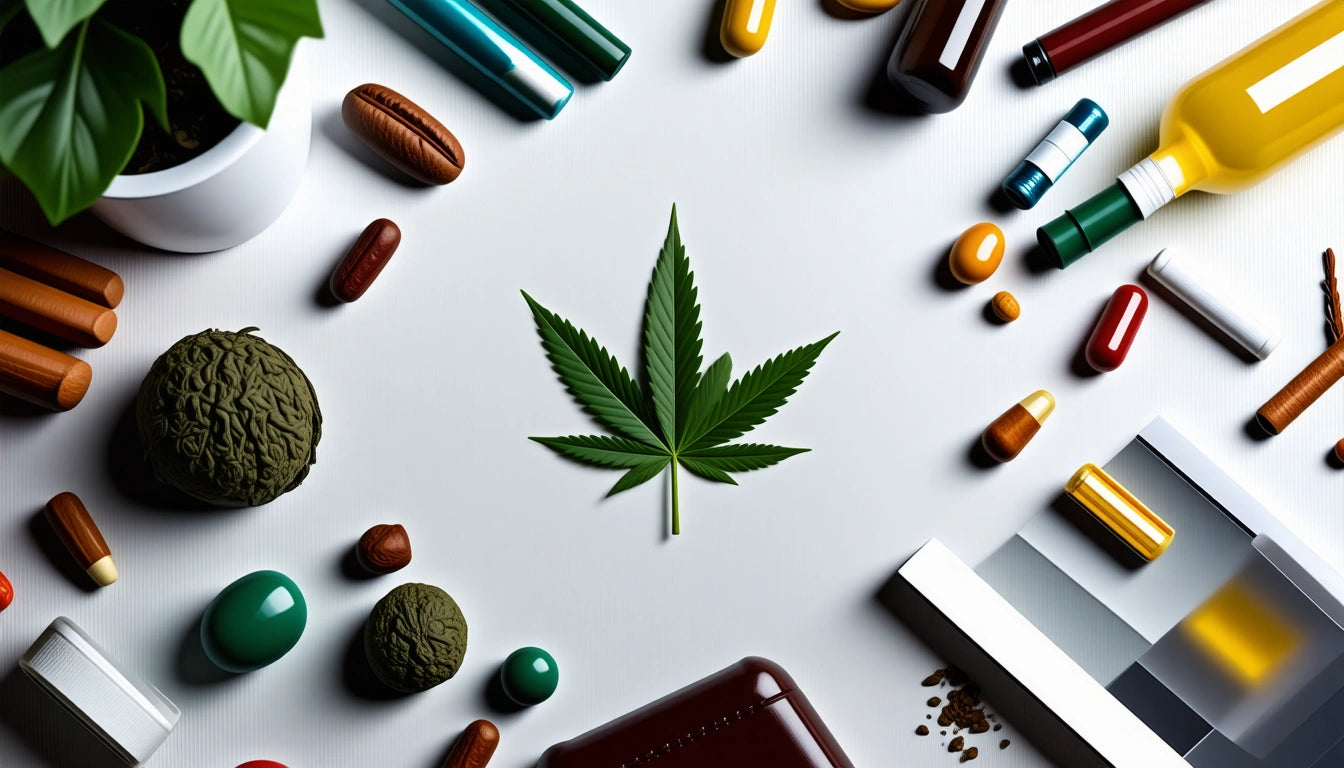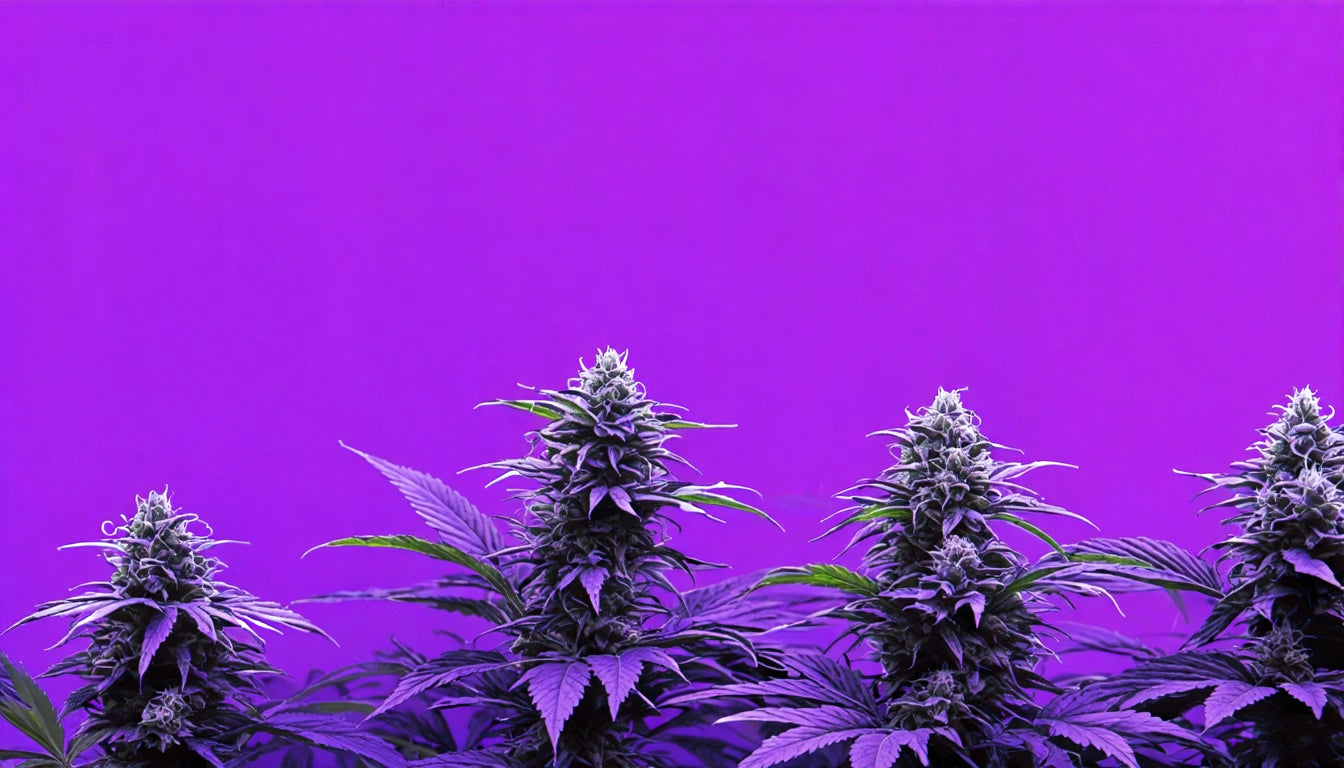Table of Contents
- What Are Trichomes? Understanding Cannabis Resin Glands
- Trichomes and Cannabinoids: The Source of Psychoactive Effects
- Types of Trichomes and Their Potency Variations
- Harvesting Trichomes: Timing and Potency Relationship
- Processing Trichomes: From Plant to Product
- Trichome Preservation Strategies for Maximum Potency
Do Trichomes Get You High? Understanding Cannabis Potency
When examining cannabis under magnification, the crystalline structures coating the surface are trichomes, often called the "frost" on premium flower. These tiny glandular structures are far more than decorative features. They serve as the primary production centers for cannabinoids and terpenes, making them directly responsible for the plant's psychoactive and therapeutic effects. But do trichomes themselves get you high? This comprehensive guide explores the relationship between trichomes and cannabis potency.
What Are Trichomes? Understanding Cannabis Resin Glands
Trichomes are microscopic resin glands that appear on cannabis flowers, leaves, and stems. These mushroom-shaped structures evolved as a defense mechanism, protecting the plant from predators, environmental stressors, and UV radiation. Understanding trichomes on cannabis reveals they're not merely protective features but biological factories producing the compounds that give cannabis its distinctive properties.
These resin glands contain high concentrations of cannabinoids (including THC and CBD), terpenes (aromatic compounds), and flavonoids. Together, these compounds create the entourage effect, where multiple cannabis components work synergistically to produce specific effects.
Trichomes and Cannabinoids: The Source of Psychoactive Effects
The primary reason trichomes are associated with getting high is their role as cannabinoid production centers. Tetrahydrocannabinol (THC), the main psychoactive compound in cannabis, is synthesized and stored within trichome heads. However, it's important to understand that fresh trichomes primarily contain THCA (tetrahydrocannabinolic acid), the non-psychoactive precursor to THC.
As explained in this article about THCA's effects, the acid form must undergo decarboxylation (typically through heating) to convert to THC. This transformation occurs during smoking, vaping, or cooking cannabis products. So while raw trichomes contain the potential for psychoactive effects, they require activation to produce the high associated with cannabis consumption.
Types of Trichomes and Their Potency Variations
Not all trichomes are created equal when it comes to cannabinoid production. Cannabis plants develop three primary types of trichomes:
- Bulbous trichomes: The smallest type (15-30 micrometers), found across the plant's surface. These contribute minimally to cannabinoid production.
- Capitate-sessile trichomes: Medium-sized with a small stalk and round head, more abundant than bulbous trichomes.
- Capitate-stalked trichomes: The largest and most abundant type, featuring a large glandular head atop a stalk. These produce the highest concentration of cannabinoids and are most visible to the naked eye.
The capitate-stalked trichomes are primarily responsible for the psychoactive potential of cannabis, as they contain the highest concentrations of THC and other cannabinoids. Their abundance and development stage directly correlate with potency.
Harvesting Trichomes: Timing and Potency Relationship
Trichome development and maturation provide crucial visual indicators for harvest timing. Understanding trichome colors helps cultivators determine the optimal harvest window for desired effects.
The color progression of trichomes follows this general pattern:
- Clear trichomes: Immature, with lower THC content and potentially more energetic effects
- Cloudy/milky trichomes: Peak THC production, offering balanced effects
- Amber trichomes: THC beginning to degrade into CBN, resulting in more sedative effects
As this resource on harvest timing explains, the ratio of clear, cloudy, and amber trichomes directly influences the psychoactive profile of the harvested flower. This relationship between trichome maturity and effect type demonstrates their central role in determining not just if cannabis gets you high, but how it gets you high.
Processing Trichomes: From Plant to Product
Many cannabis products focus specifically on capturing and concentrating trichomes due to their cannabinoid richness. Hash, kief, and many concentrates are essentially isolated trichome collections. The processing of these trichomes requires specialized equipment to ensure proper handling and maximum potency preservation.
For commercial producers, professional filling equipment for cannabis products helps maintain trichome integrity during the processing and packaging stages. This specialized equipment minimizes trichome damage and cannabinoid degradation, ensuring the final product delivers the intended potency and effects.
Common trichome-focused products include:
- Kief: Loose trichomes collected through sieving
- Hash: Compressed trichomes created through mechanical or solventless extraction
- Live resin: Concentrate made from flash-frozen plants to preserve trichome integrity
- Rosin: Solventless extract created using heat and pressure to squeeze resin from trichome-rich material
Trichome Preservation Strategies for Maximum Potency
Since trichomes contain the compounds responsible for cannabis effects, preserving them is essential for maintaining potency. Proper handling, storage, and consumption methods all impact trichome integrity and, consequently, the psychoactive experience.
Key preservation strategies include:
- Gentle handling of flower to prevent trichome breakage
- Storage in cool, dark environments to slow cannabinoid degradation
- Using humidity control packs to maintain optimal moisture levels
- Choosing consumption methods that efficiently activate cannabinoids
- Utilizing proper grinders that collect rather than destroy trichomes
As detailed in this exploration of cannabis effects, the preservation of trichomes directly impacts the potential psychoactive experience. Proper storage and handling ensure that the cannabinoids remain intact until consumption.
While trichomes themselves don't directly get you high in their raw form, they are undeniably the source of cannabis's psychoactive potential. These resin glands house the precursors to THC and other cannabinoids that, once activated, produce the characteristic effects associated with cannabis consumption. Understanding trichomes provides valuable insight into cannabis potency, helping consumers and producers alike make informed decisions about cultivation, processing, and consumption methods.











Leave a comment
All comments are moderated before being published.
This site is protected by hCaptcha and the hCaptcha Privacy Policy and Terms of Service apply.